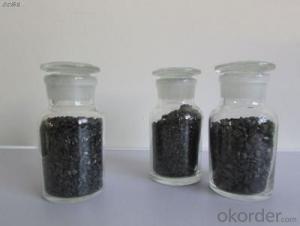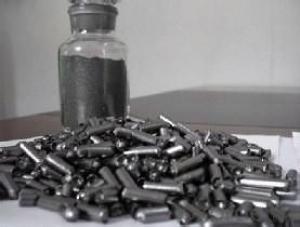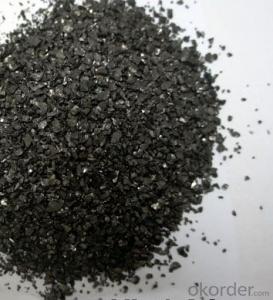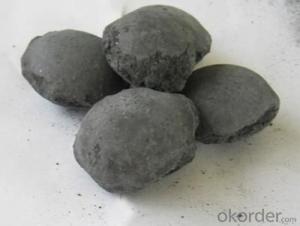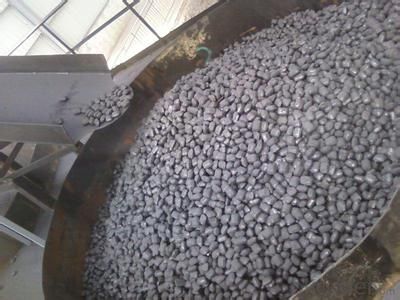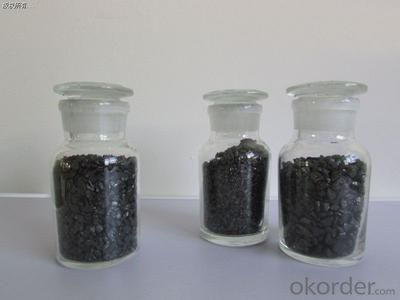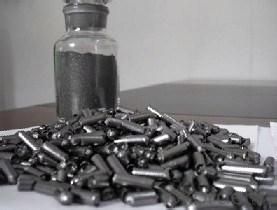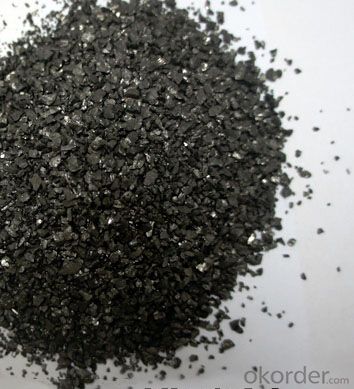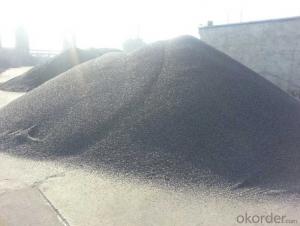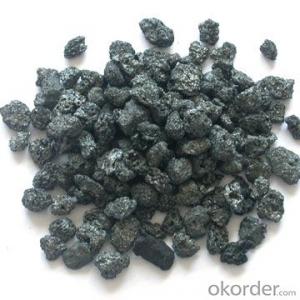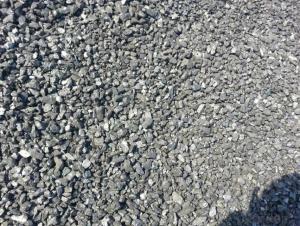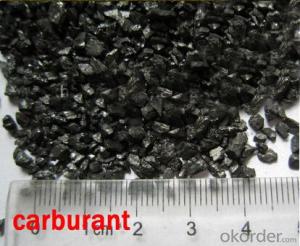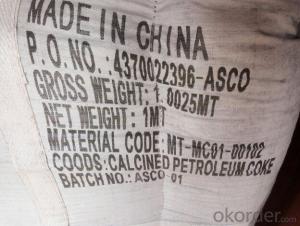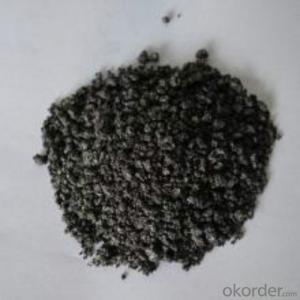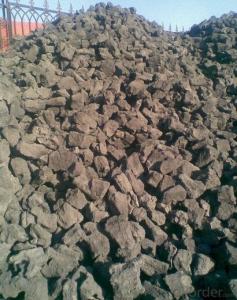Recarburizer FC 95 of Graphitized Petroleum Coke
- Loading Port:
- Qingdao
- Payment Terms:
- TT OR LC
- Min Order Qty:
- 10 m.t
- Supply Capability:
- 300000 m.t/month
OKorder Service Pledge
OKorder Financial Service
You Might Also Like
Recarburizer Application:
- Lower the impurities in the cast iron,
- Choose the right recarburizer can lower the casting cost.
- Recarburizer is essential auxiliary additives for production of high quality steel .
- Also it can can be used as additive for produce other product like brake pad used as friction materials;
- High quality recarburizer is after graphitizing process,under high temperature,the arrangement of carbon atoms in microstructure of graphite.
so call it graphitization ,graphitizing can lower the impurities in recarburizer, increase the carbon content, lower the sulfer content.
Product categories:
At present China have 3 Type Recarburizer:
- Graphite powder ,the dust power of graphite electrode
- Calcined Petroleum Coke part of domestic steel factory use it as recarburizer.
- Graphitized Petroleum Coke ,as recarburizer used for steel casting
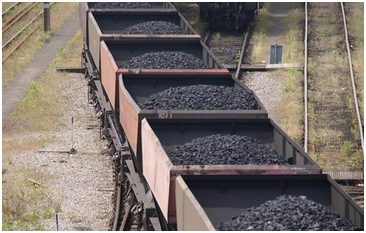
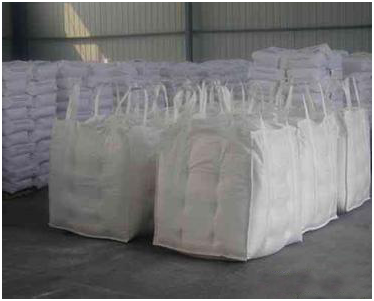
- Q: What is carbon neutral?
- Carbon neutral refers to achieving a state where the net carbon emissions released into the atmosphere are balanced out by an equivalent amount of carbon removal or offsetting. This is typically achieved by reducing greenhouse gas emissions and investing in projects that remove carbon dioxide from the atmosphere, resulting in no net increase of carbon dioxide levels.
- Q: How do plants and trees absorb carbon dioxide?
- Plants and trees absorb carbon dioxide through a process called photosynthesis. Photosynthesis is the process by which plants convert sunlight, water, and carbon dioxide into glucose (sugar) and oxygen. The process takes place in the chloroplasts, which are specialized structures within the plant cells. During photosynthesis, plants absorb carbon dioxide from the atmosphere through tiny pores on their leaves called stomata. The carbon dioxide enters the plant's cells and travels to the chloroplasts. Inside the chloroplasts, energy from sunlight is used to convert the carbon dioxide and water into glucose and oxygen. The glucose produced through photosynthesis is used by the plant as a source of energy for growth, reproduction, and other metabolic activities. Some of the glucose is stored in the plant as starch, while the rest is used to produce other essential compounds. The oxygen produced during photosynthesis is released back into the atmosphere through the stomata. This oxygen is vital for the survival of animals, including humans, as it is necessary for respiration. Overall, plants and trees play a crucial role in absorbing carbon dioxide from the atmosphere through photosynthesis. They act as natural carbon sinks, helping to regulate the levels of this greenhouse gas and mitigate the effects of climate change.
- Q: What is carbon black ink?
- Carbon black ink is a type of ink that is made by dispersing carbon black pigment in a liquid medium. It is commonly used in printing and writing applications due to its deep black color and high opacity.
- Q: How does carbon affect the formation of cyclones?
- The formation of cyclones is not directly influenced by carbon. Cyclones, also called hurricanes or typhoons, are created through a complex interaction of various factors in the atmosphere and oceans. Carbon, particularly carbon dioxide (CO2), is a greenhouse gas that contributes to global warming and climate change. It is important to emphasize that carbon dioxide concentrations in the atmosphere are increasing due to human activities, such as the burning of fossil fuels. However, this does not directly cause cyclones to form. Nevertheless, climate change resulting from higher levels of carbon dioxide does have an indirect impact on cyclone formation. Climate change leads to warmer temperatures, which in turn increase sea surface temperatures. These elevated temperatures provide the necessary energy for cyclones to form and strengthen. Additionally, higher temperatures cause increased evaporation rates, resulting in more moisture in the atmosphere. This moisture serves as fuel for cyclone development. Furthermore, climate change can modify atmospheric conditions and patterns of circulation. These changes may influence the frequency, intensity, and paths of cyclones. However, the specific effect of carbon dioxide on cyclone formation and behavior remains an active area of research. More studies are required to fully comprehend the relationship between carbon dioxide and cyclones.
- Q: What are the different types of carbon-based pigments?
- The different types of carbon-based pigments include carbon black, graphite, charcoal, and lampblack.
- Q: What is carbon nanotube?
- Carbon nanotubes are cylindrical structures made up of carbon atoms arranged in a unique hexagonal lattice pattern. They are incredibly small, with diameters on the nanometer scale (about 1 billionth of a meter) and lengths that can range from a few nanometers to several centimeters. Carbon nanotubes possess remarkable properties that make them highly attractive for a wide range of applications. They are incredibly strong, with tensile strength that exceeds that of any other known material, making them ideal for use in structural composites. They also have excellent electrical conductivity, thermal conductivity, and are chemically stable, which makes them useful in fields such as electronics, energy storage, and catalysis. There are two main types of carbon nanotubes: single-walled nanotubes (SWNTs) and multi-walled nanotubes (MWNTs). Single-walled nanotubes consist of a single layer of carbon atoms rolled into a tube, while multi-walled nanotubes consist of multiple concentric layers of carbon atoms. The arrangement of carbon atoms and the diameter of the tube determine the properties of the nanotube. Carbon nanotubes have the potential to revolutionize various industries due to their unique properties. They are being explored for applications in electronics, where they can be used as high-performance transistors, interconnects, and sensors. They also hold promise in the field of energy storage, as they can be used in batteries and supercapacitors that have higher energy densities and faster charging rates. Additionally, their high surface area and unique chemical properties make them suitable for catalytic applications, such as water purification and chemical synthesis. Despite their immense potential, there are still challenges to overcome in the large-scale production and commercialization of carbon nanotubes. However, ongoing research and development efforts continue to push the boundaries of their applications, making carbon nanotubes an exciting field of study with significant future possibilities.
- Q: What does carbon burning mean?
- Put the burning carbon under the iron plate and make a copy of it on the iron plate, that is, carbon burning!
- Q: Made of high strength structural partsThe market quality of the carbon fiber plate is too much, the price is low, do not know how to choose. A knowledgeable friend can introduce larger enterprises? The quality of the carbon fiber board produced must be better and the performance should be stable!
- You are not for the prestressing bar, if you find the building reinforcement for Tianjin Beijing card, if you do the structure reinforcement for Jiangsu and Wuxi via the new material industry, these are relatively well-known.
- Q: How does carbon dioxide affect the pH of soil?
- Carbon dioxide can affect the pH of soil through a process called carbonation. When carbon dioxide dissolves in water, it forms carbonic acid (H2CO3), which is a weak acid. When this acid is present in soil, it can react with certain minerals and compounds, such as limestone or calcium carbonate, found in the soil, resulting in their dissolution. This process releases positively charged ions, such as calcium (Ca2+) or magnesium (Mg2+), into the soil solution, which can increase the soil's alkalinity or raise the pH. Additionally, the presence of carbonic acid can also increase the availability of certain nutrients in the soil. For example, it can enhance the solubility of phosphorus, making it more accessible for plants to uptake. This can lead to an increase in soil fertility. However, it is important to note that the effect of carbon dioxide on soil pH can vary depending on different factors, such as the concentration of carbon dioxide, soil type, and the presence of buffering agents. In some cases, the buffering capacity of the soil can limit the impact of carbonic acid on pH changes. Therefore, while carbon dioxide can influence soil pH, it is just one factor among many that can affect the overall acidity or alkalinity of soil.
- Q: Carbon Finance: Carbon Finance
- Carbon finance does not have a unified concept. Generally speaking, it refers to all financial activities that serve to limit greenhouse gas emissions, including direct investment and financing, carbon index trading and bank loans. The rise of "carbon finance" stems from changes in international climate policy and, precisely, two international conventions of great significance - the United Nations Framework Convention on climate change and the Kyoto protocol. Carbon finance definition: improved use of financial capital to drive the environmental rights and interests, to the laws and regulations for support, the use of financial means in the market platform makes carbon financial products and derivatives trading or to circulation, and eventually achieve a low-carbon development, green development and sustainable development objective. The United Nations Conference on environment and Development held in June 1992 in Brazil, Rio De Janeiro, more than 150 countries have established the "United Nations Framework Convention on climate change" (United Nations Framework Convention on Climate Change, referred to as the "Framework Convention"). The ultimate goal of the Convention is to stabilize atmospheric concentrations of greenhouse gases at levels that do not harm the climate system.
Send your message to us
Recarburizer FC 95 of Graphitized Petroleum Coke
- Loading Port:
- Qingdao
- Payment Terms:
- TT OR LC
- Min Order Qty:
- 10 m.t
- Supply Capability:
- 300000 m.t/month
OKorder Service Pledge
OKorder Financial Service
Similar products
Hot products
Hot Searches
Related keywords

